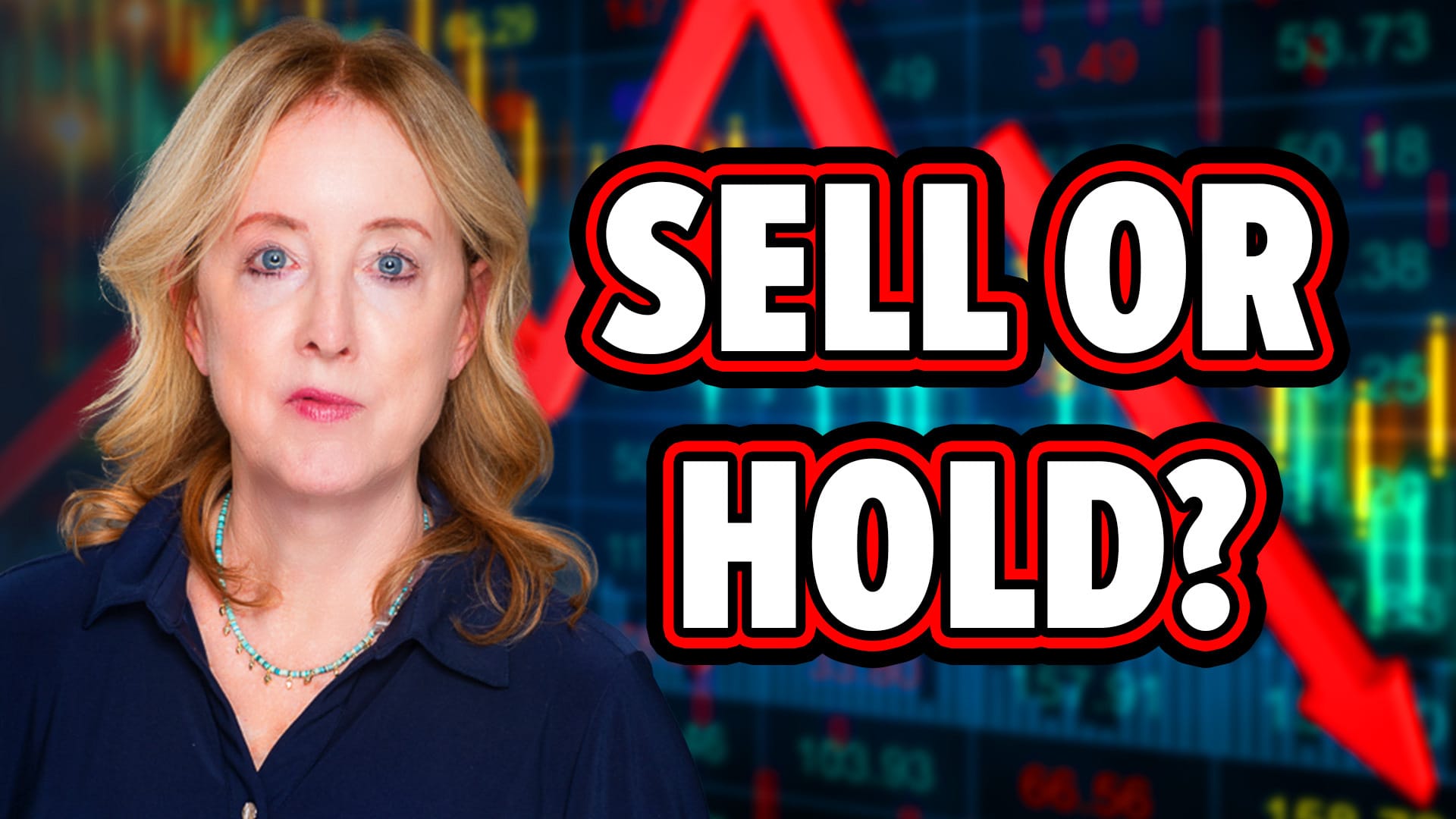OIL PATCH BOUNCES BACK -- RETAILERS HURT BY RISING GASOLINE PRICES -- NYSE BULLISH PERCENT INDEX TOOKS TOPPY
ENERGY SPDR BOUNCES OFF 50-DAY LINE ... After selling off throughout the week, crude oil jumped sharply on Friday and gave a big boost to the energy sector. It's too soon to tell if today's bounce marked the end of the recent downside correction, but it was enough to keep the Energy Sector SPDR (XLE) above its 50-day moving average. When I wrote about the XLE earlier in the week, I was expecting a test of that key support line. Chart 1 shows that support line holding. It also shows the XLE bouncing off initial chart support along the early July peak near 47. Short-term indicators, however, like the daily MACD lines are still negative. The volume pattern isn't that impressive either. Selling was pretty heavy on the recent price slide. That may suggest that the oil patch needs more backing and filling to restore short-term confidence. The long-term trend, however, remains higher and I'm sticking to my forecast for $70 crude oil.

Chart 1
RAISING PRICES WHILE WE EAT ... During my recent vacation at Yellowstone National Park, we pulled into a diner/filling station for lunch. We debated about whether we should fill up on gas or eat first. We decided to eat. Bad decision. While we were lunching, I saw a man walk out to the gas signs and raise all of the prices a few cents a gallon. It turned out to be a more expensive lunch than we thought. But it was an amusing example of how fast gasoline prices are rising. One market group that's feeling the pinch of rising gasoline is retailers. That's because people have to drive to the shopping mall to buy things. And they're doing as much of either.
RETAIL HOLDERS BREAK 50-DAY LINE ... Two Fridays ago I wrote that retailers and real estate had started to underperform the rest of the market. While real estate and housing were being hurt by the threat of rising rates, retailers were being hurt by rising energy prices. Both groups lost more ground this week. I looked at real estate and homebuilding on Wednesday. Today we'll take another look at retailers. Chart 2 shows the Retail Holders (RTH) falling to the lowest level in a month and falling beneath the 50-day moving average. While that's not enough to signal a major downturn, it is enough to warrant a more defensive stance on the group. The next level of potential chart support is the area around 96 which represents the multiple peaks hit during the first quarter of the year. That would also bring the RTH closer to more important support at its 200-day average. The loss of retail leadership can be seen in the relative strength line which has turned down. That's the first time that's happened since early May when retailers helped lead the market higher. Any serious weakness in this consumer--sensitive group is a potential drag on the market.

Chart 2
WALMART CARRIES A LOT OF WEIGHT ... The biggest drag on the Retail Holders came from Wal Mart which tumbled to a three-month low. That's because the stock is the biggest holding (22%) in the RTH. But there were a lot of other retail losers. Two of the worst charts belong to the Gap (Chart 4) and TJX (Chart 5). It's certainly true that the market has held up pretty well in the face of record energy prices. However, when former leaders like retailers and housing start to rollover, we have to assume something negative may be going on beneath the surface. The fact that consumer staples were the week's strongest sector also suggests that investors may be starting to favor more defensive stocks.

Chart 3

Chart 4

Chart 5
NYSE BULLISH PERCENT INDEX IS OVERBOUGHT ... One of the ways to determine if the stock market is in a long-term overbought or oversold area is to chart the NYSE Bullish Percent Index which is shown in Chart 6. The BPNYA measures the percent of stocks that are on point & figure buy signals. The two key numbers on the chart are 30 and 70. Readings under 30 show the market in a major oversold condition. Readings over 70 show a major overbought condition. The chart shows that the index traded over 70 three times since the start of 2004. A more dangerous signal is given when the line drops back under 70. That's a sign that the overbought market is starting to weaken. I point this out because the BPNYA has just fallen back below 70 (see red arrow). Let's take a closer look.

Chart 6
A CLOSER LOOK AT THE BPNYA... The next two charts give a closer view of the NYSE Bullish Percent Index. Chart 7 shows the cyclical bull market that's lasted for nearly three years. The upturn from below 30 in October 2002 correctly signaled a major buying opportunity. The three moves over 70 since the start of 2004 can also be seen more clearly on Chart 7. The drops below 70 in the spring of 2004 and 2005 coincided with market corrections. Notice also that each of the three peaks has been lower than the previous peak. That may be a subtle sign of market deterioration as each move over 70 has been accompanied by fewer stocks on point & figure buys signals. The last move over 70 has been the weakest of the three. And it's just fallen back below 70. Chart 8 gives a closer look at that latest downturn.

Chart 7

Chart 8
BYNYA FALLS BELOW 70 ... Chart 8 shows the last two downturns in the BPNYA. The previous one took place during March as the market was correcting. It turned up in May from support near 50 and signaled the start of another upleg that lasted through the end of July. After falling short of the early 2005 peaks at 77 and 75, the BPYNA has slipped back under 70. That's a caution sign that the market is weakening. Normally, a downturn is signaled by a six percent drop from the highest whole number. Since the highest whole number on the last rally was 72, the BPNYA has to drop to 66 to signal that some type of market peak has been seen. It ended the week at 68.55. You can track the daily line chart (and its point and figure version) on the Market Summary page under Bullish Percent Indices.












